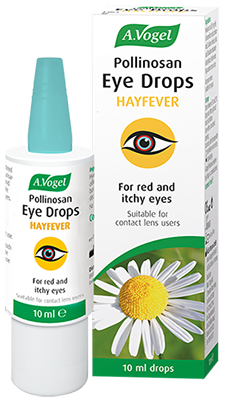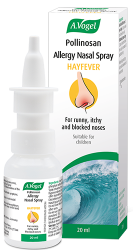A.Vogel search
When the internal search is activated, personal data such as your IP address is transmitted to our search engine Cludo. Data is thus transferred to a third country. Please click here if you want to display the internal search. You can find more information on data protection here: Privacy policy.Pollen Count in London Today
Your local 5-day forecast
Pollen levels are to be low/moderate across London over the course of the next week.
Have a look at the Pollen Count chart below for a more visual representation of the pollen forecast for the week ahead. The chart also highlights the levels of different types of pollen: grass, trees (birch, cypress, oak, plane and sweet chestnut) and weeds.
Head to our North, East, South, West and Central London pages for local information.
Bookmark or favourite this page and check back daily for the latest information.
| Wed 23 | Thu 24 | Fri 25 | Sat 26 | Sun 27 | |
|---|---|---|---|---|---|
| Overall |  |
 |
 |
 |
 |
| Trees | |||||
| Birch |  |
 |
 |
 |
 |
| Cypress |  |
 |
 |
 |
 |
| Oak |  |
 |
 |
 |
 |
| Plane tree |  |
 |
 |
 |
 |
| Sweet chestnut |  |
 |
 |
 |
 |
| Grass | |||||
| Grass |  |
 |
 |
 |
 |
| Weeds | |||||
| Nettle |  |
 |
 |
 |
 |

|
|||||
A.Vogel Pollinosan Hayfever Eye Drops | for Quick Relief of Red and Itchy Eyes | with Chamomile and Soothing Hyaluronic Acid | 300 Drops | 10ml
£13.99 (10ml) In Stock Get it tomorrow, 25th April.
The capital of Great Britain, London is the UK’s largest city, with an estimated population of over 7 million – that’s more people in one city than the population of Scotland! It’s no surprise then that the city is at the heart of trade, commerce, politics and industry, being chief home of monarchs past and present as well as the most important location in the UK for finance and business.
Yet the heavily urbanised London that you might see today still manages to retain some of its greenery, with royal parks and botanical gardens spread throughout the city.
There’s still plenty of places were hayfever can linger and, to add further fuel to your watery eyes and runny nose, there is pollution to consider as well. These factors can make London an overwhelming place for hayfever sufferers; however, given its sheer size and population volume, London is chockfull of opportunities and activities for visiting hayfever patients.
It would be impossible to talk about pollen allergens in London without addressing the most notorious suspect of all, London Plane. As the name might suggest, this tree variant loiters throughout the city and can be especially irritating during the summer months, pollinating through to August and September. Other common culprits also include oak, birch and ash, with these trees often populating most of London’s parks and green spaces.
If you want to learn more about the main pollen hotspots in London and the activities you can do to beat the Hayfever blues, please check out our pages all about the different areas of the city.
 Looking for relief of red and itchy eyes due to hayfever?
Looking for relief of red and itchy eyes due to hayfever?
A.Vogel Pollinosan Hayfever Eye Drops contain hyaluronic acid (from vegetable source) and can be used for quick relief of red and itchy eyes due to hayfever. Suitable for contact lense users.
To find local independent stores in your area that sell A.Vogel Pollinosan Hayfever Eye drops, simply type your postcode below.
How healthy are you?
Take our quick quiz to discover just how healthy your immune system is, as well as some useful information about your general health and wellbeing!







